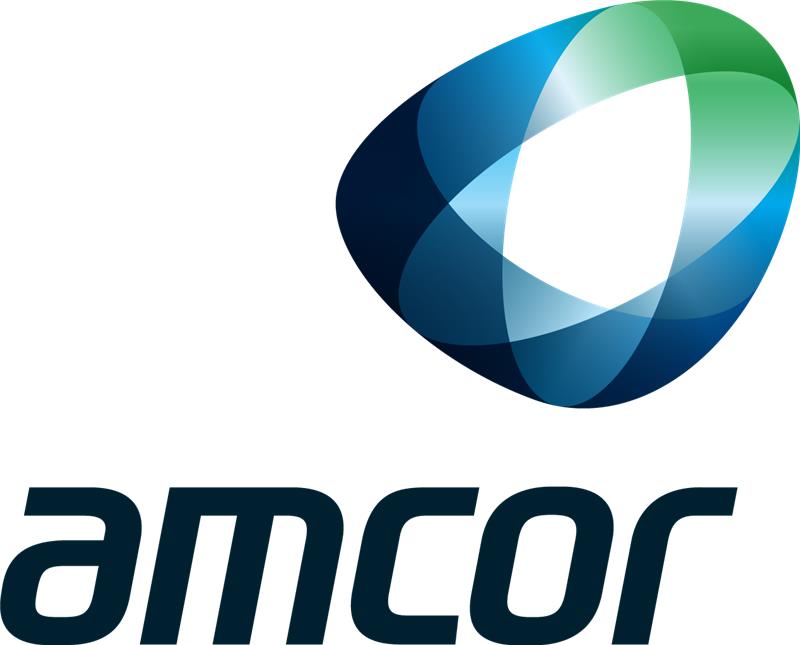RMI collaborated with Amcor to pilot plastic product-level greenhouse gas (GHG) data reporting following RMI’s Plastics Extrusion and Molding Greenhouse Gas Emissions Reporting Guidance (hereafter Plastic Conversion PCF Guidance). This guidance covers the conversion process in which plastic resin pellets are formed into the final product shape and its key inputs.
The pilot tested emissions calculations for a plastic container and lid made from polypropylene, comparing across two different plastic sources (virgin plastic and biobased plastic) and two US-based production sites (Syracuse, NY, and Evansville, IN). It helped Amcor gain insights into upstream emissions, deepen supplier relationships, and highlight opportunities for improved data collection, calculation, and climate transparency. It enabled Amcor to explore how product-level emissions data can inform low-carbon procurement and support progress toward its goal of a 32.5% reduction in Scope 3 emissions by 2033 (from a 2022 baseline). Strategically, the pilot strengthened Amcor’s readiness for emerging policy and market demands, such as product carbon footprint (PCF) disclosure and growing customer interest in low-carbon plastics.
